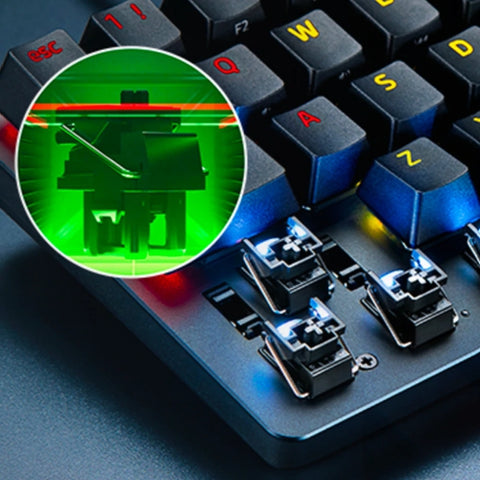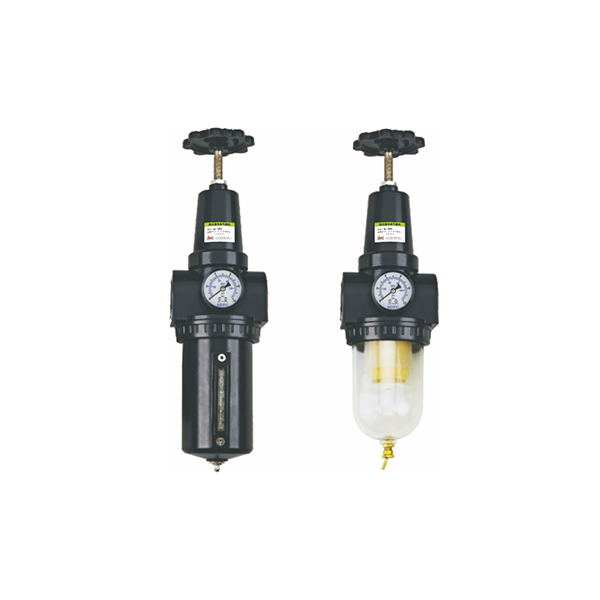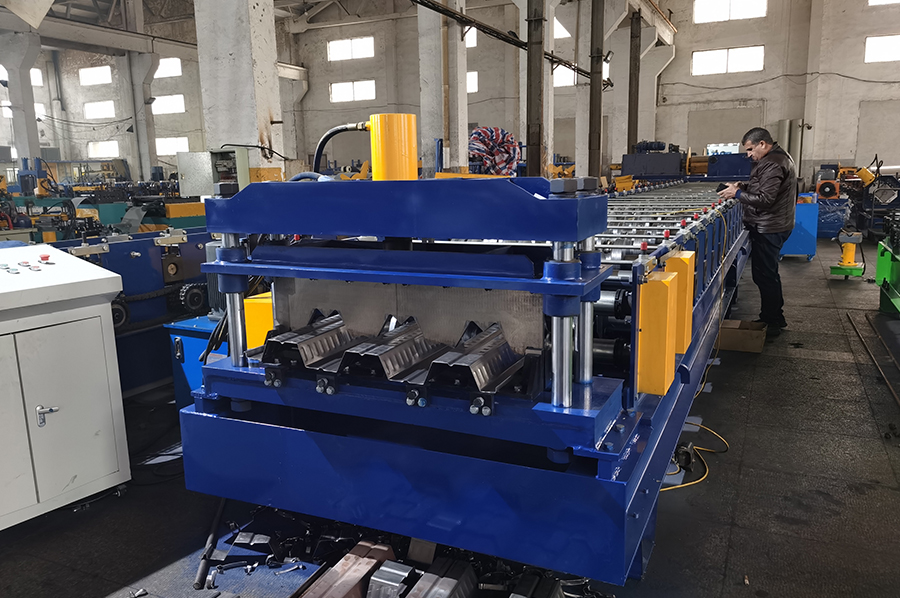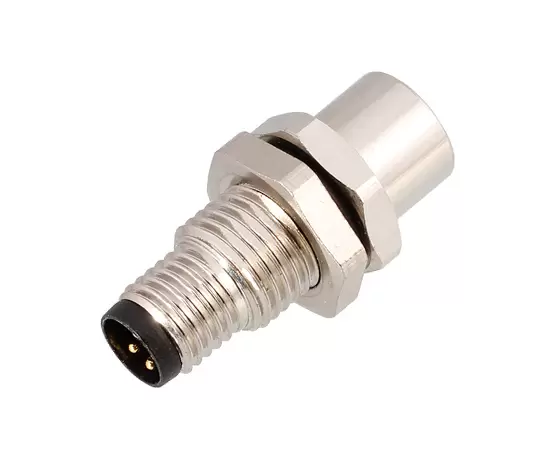
When it comes to switching circuits, there are two types of switches that are commonly used: analog switches and mechanical switches. While both types of switches serve the same purpose of controlling the flow of current, they differ in their construction, operation, and applications. In this article, we will explore the differences between analog switches and mechanical switches and help you decide which one to choose for your specific application.
Construction
Analog switches are solid-state devices that use transistors to control the flow of current. They are made of semiconductor materials such as silicon and are typically small in size. Analog switches are designed to operate at low voltages and currents and are ideal for applications that require high speed and low power consumption.
On the other hand, mechanical switches are made of metal contacts that physically open and close to control the flow of current. They are typically larger in size and are designed to handle high voltages and currents. Mechanical switches are ideal for applications that require high reliability and durability.
Operation
Analog switches operate by applying a voltage to the gate of a transistor, which controls the flow of current between the source and drain terminals. They can be controlled by digital signals or analog signals and can switch on and off very quickly. Analog switches are ideal for applications that require high speed and precision, such as audio and video signal processing.
Mechanical switches operate by physically opening and closing metal contacts to control the flow of current. They can be controlled by manual or automatic means and are ideal for applications that require high reliability and durability, such as power distribution and industrial control systems.
Applications
Analog switches are commonly used in audio and video signal processing, communication systems, and instrumentation. They are also used in battery-powered devices, such as mobile phones and laptops, where low power consumption is critical.
Mechanical switches are commonly used in power distribution systems, industrial control systems, and automotive applications. They are also used in household appliances, such as refrigerators and washing machines, where reliability and durability are important.
Conclusion
In summary, analog switches and mechanical switches differ in their construction, operation, and applications. Analog switches are solid-state devices that are ideal for applications that require high speed and low power consumption, while mechanical switches are made of metal contacts and are ideal for applications that require high reliability and durability. When choosing between analog switches and mechanical switches, it is important to consider the specific requirements of your application and choose the switch that best meets those requirements.





